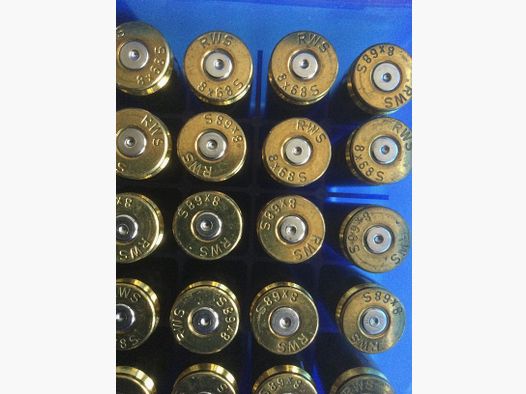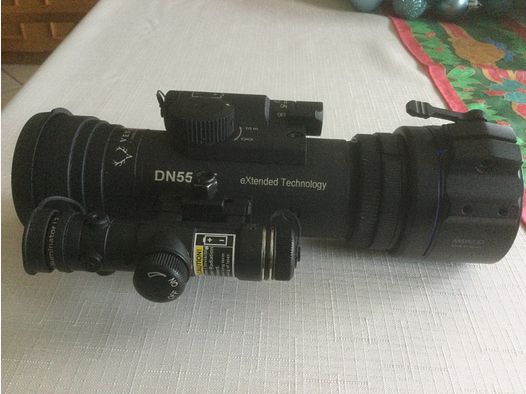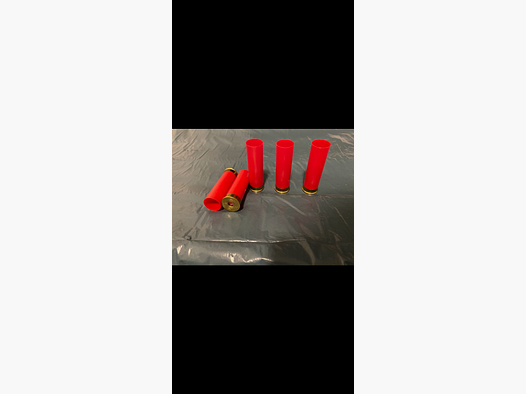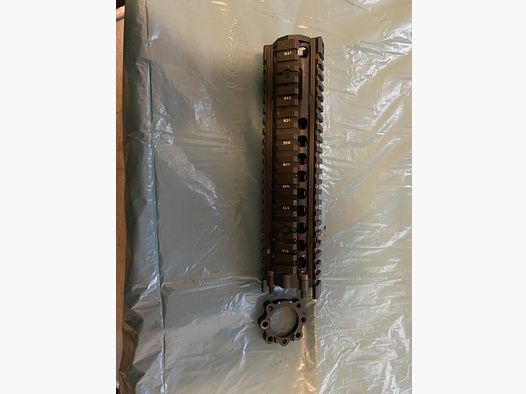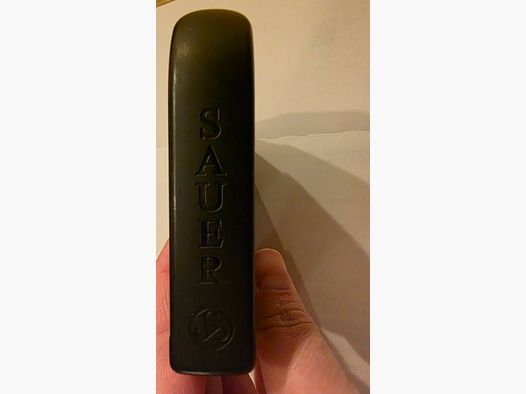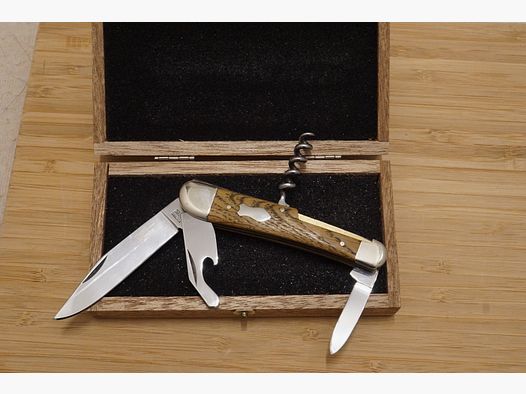A species-appropriate dog training is a must for every furry friend – whether family dog, herd protection dog, or hunting dog. In fact, breeds classified as hunting dogs require some additional activities in their species-appropriate training. If you don't want to go hunting right away, you can instead resort to what's called lure training for dogs. What exactly it is, how it is structured, and for which dogs it makes sense, we will explain to you in this article.
What is lure training for dogs?
As mentioned, lure training is a type of dog sport. It involves teaching the dog to hunt a prey. This is not a living animal, but an object attached to the end of a fishing line. It is also important that the dog learns to control its hunting instinct and not to immediately go after everything that crosses its path.
What should be considered during training?
You have decided on lure training for your dog? Then please note that certain prerequisites and guidelines should be met. These are related, among other things, to the suitability of your dog. You should also not forget the structure of the training and breaks.
Can I do lure training with a puppy?
A clear answer: No. Lure training is not suitable for puppies, as their muscles and bones are still growing. You should also look for alternative training methods that are specifically suitable for their needs if your dog has joint problems.
Lure training for dogs: The right equipment!
The word "lure training" hides two relevant terms: "lure" and "fishing rod". In fact, it is a fishing rod that triggers certain stimuli in the dog. The associated line is about 2 meters long, and at the end is a "prey" that the dog can and should chase.
What is suitable as a lure for the dog?
Ideal as a lure includes a fishing rod or a rod. A longe whip, used in equestrian sports, can also serve as a lure. Its advantage is that it is not only very flexible but can also be easily collapsed – perfect for taking the lure anywhere. If these items are not at hand, the rule is: DIY! A longer, somewhat flexible stick combined with a sturdy line is perfectly suitable for a lure.
What is suitable as a lure line?
You can also make a lure yourself. For this, you need a long, flexible stick and a line, for example, made of nylon. The ideal line for lure training should be robust, durable, and safe for the dog. Nylon is strong enough to hold the weight of the toy while being flexible enough to create a gentle swing during movement. Additionally, nylon is resistant to wear and moisture, making it durable even with prolonged use.
It is important to ensure that the line used in lure training for dogs has no sharp edges or knots, as this can cause injuries. A smooth line without knots also reduces the risk of the dog getting tangled or strangled.
Gradually start lure training
Expert tip: An important tip for lure training with dogs is to start the training slowly and gradually acclimate the dog to the exercise. Start the training with short and slow swings of the lure and let the dog catch the toy to reward him. Gradually, you can increase the intensity and speed of the movements to challenge the dog.
How long should you play with a lure?
Most dogs generally have a healthy attention span and a high energy level. Nevertheless, it is important to take a break after about 10 minutes of playing with the lure. The chase game in lure training can physically strain the dog a lot, so he needs time to recover.
Structure of lure training for dogs
The A and O of a functioning lure training is that the furry friend already masters the most important basic commands. Some dog experts swear by a dog whistle to convey the commands "sit", "down", and "come" particularly effectively. In this training, a stimulus is already being worked with. Does your dog follow these commands? Then you can start lure training.
Make your dog aware of the prey
Move the lure quickly across the ground – either back and forth or in a circle. Your dog will try to catch the prey. After an initial, short chase, you take the prey and give the command "sit". With the command "go", the chase begins again, which is also a reward for executing the "sit" command.
Do not chase the prey
Once the prey is in sight, it is usually chased by dogs. However, in lure training, your dog should not do this initially. To make this work, please implement the following steps:
- Place the prey in front of your dog, and your dog sits.
- Your dog may only chase the prey once you have released the "sit" command.
- Over time, you can increase the distance between "sit" and chasing while moving the prey faster.
What does this bring the dog in the long run? He learns that even in an excited state – namely when the prey is enticingly running back and forth in front of him – he must remain calm.






